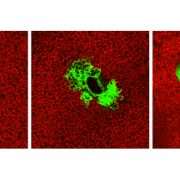
Taking Down Plant Communication Channels to Invade
Research, The Plant Cell, The Plant Cell: In a NutshellAung et al. reveal that pathogenic bacteria target plant plasmodesmata to colonize and invade surrounding tissues.
Plant Cell https://doi.org/10.1105/tpc.19.00707
By Kyaw Aung and Sheng Yang He
Background: Multicellular organisms like animals and plants host a multitude of microorganisms.…
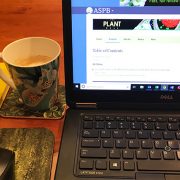
THE PLANT CELL Welcomes New Assistant Features Editors
Blog, Pubs Pages, Research, The Plant Cell, The Plant Cell: NewsThe Plant Cell welcomes 12 new Assistant Features Editors (AFEs) for 2020. They join six continuing AFEs who started in 2019. We would also like to thank all of the original AFEs who stepped down from the editorial board in 2018-2019, who helped us to establish the program and provided valuable input…
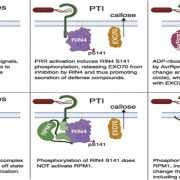
AvrRpm1, a 28-year Old Mystery Solved
Research, The Plant Cell, The Plant Cell: In a NutshellReddit et al. show that an effector protein from a pathogen modifies a host factor by ADP ribosylation, thereby activating defenses.
The Plant Cell https://doi.org/10.1105/tpc.19.00020
Background:
To protect themselves against disease, plants employ a family of intracellular receptors called…
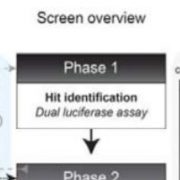
How To Identify Autophagy Modulators
Plant Physiology, Plant Physiology: News and Views, ResearchAuthor: Masanori Izumi
Affiliation: RIKEN Center for Sustainable Resource Science, Wako 351-0198, Japan
[email protected]
Autophagy is the ubiquitous process in eukaryotes leading to the degradation of intracellular components, during which a portion of the cytoplasm, including organelles,…
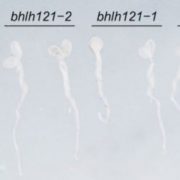
Personal Trainer: bHLH121 Functions Upstream of a Transcriptional Network of Heavy Lifters Involved in Balancing Iron Levels
Research, The Plant Cell, The Plant Cell: In BriefIron is a cofactor of numerous plant proteins that function in processes ranging from redox reactions during photosynthesis to respiration. Typical soils contain approximately 1–5% iron, but much of this iron is not readily accessible to plants due to low solubility. Nongraminaceous plants help solubilize…
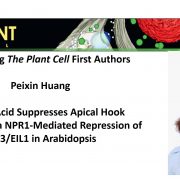
Recognizing Plant Cell authors: Peixin Huang
The Plant Cell, The Plant Cell: Author ProfilesPeixin Huang, first author of Salicylic Acid Suppresses Apical Hook Formation via NPR1-Mediated Repression of EIN3/EIL1 in Arabidopsis
Current Position: Visiting Research Scholar in Dr. Hongwei Guo’s laboratory, Department of Biology, Southern University of Science and Technology (SUSTech), Shenzhen,…
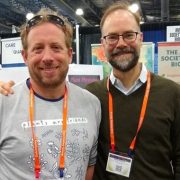
ASPB at PAG2020
BlogASPB is supporting the Plant and Animal genome conference (PAG) as an exhibitor. It’s a great opportunity for us to meet members of the community and share news about our journals, the benefits of membership and Plantae_org. On Sunday, we set up the exhibit space, from boxes to a beautiful, functional…
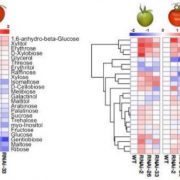
NTRC: a key regulatory hub in carbon metabolism and redox balance in developing tomato fruits
Plant Physiology, Plant Physiology: News and Views, ResearchMaria Grazia Annunziata
Max Planck Institute of Molecular Plant Physiology, 14476 Potsdam-Golm, Germany.
ORCID ID: 0000-0001-8593-1741
By acting as redox regulatory factor, NADPH-dependent thioredoxin reductase C (NTRC) is involved in many metabolic processes as well as plastid biogenesis. It…
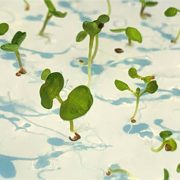
How plants tolerate too-close vegetation - plants get tolerant to other plants
Research, The Plant Cell, The Plant Cell: In a NutshellMolina-Contreras et al. show how differences in photoreceptors produce the differing shade responses of Arabidopsis and Cardamine.
https://doi.org/10.1105/tpc.19.00275
by Sandi PAULIŠIĆ 1 and Jaime F. MARTINEZ-GARCIA 1,2
1, Centre for Research in Agricultural Genomics (CRAG) CSIC-IRTA-UAB-UB.
2,…

